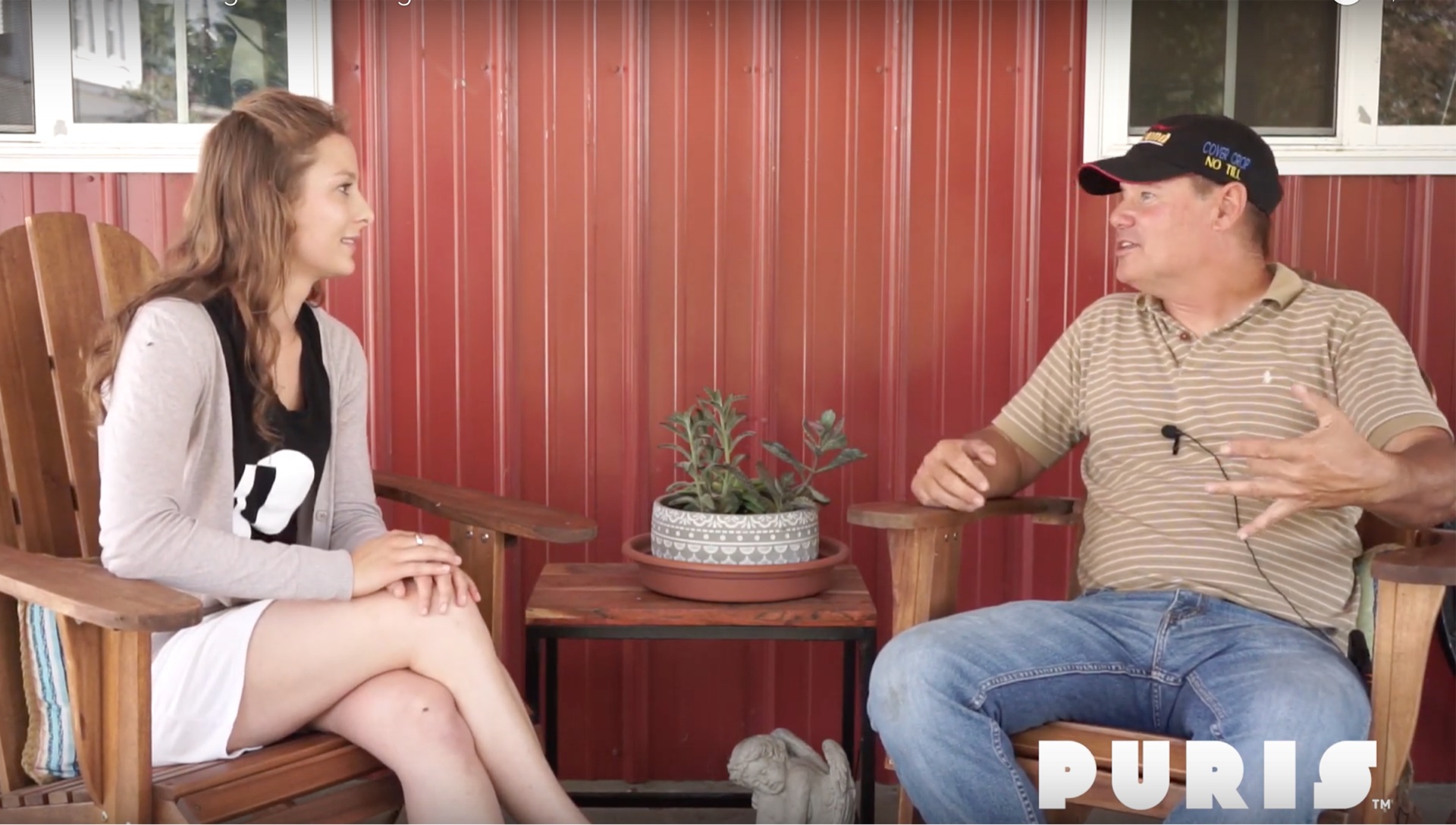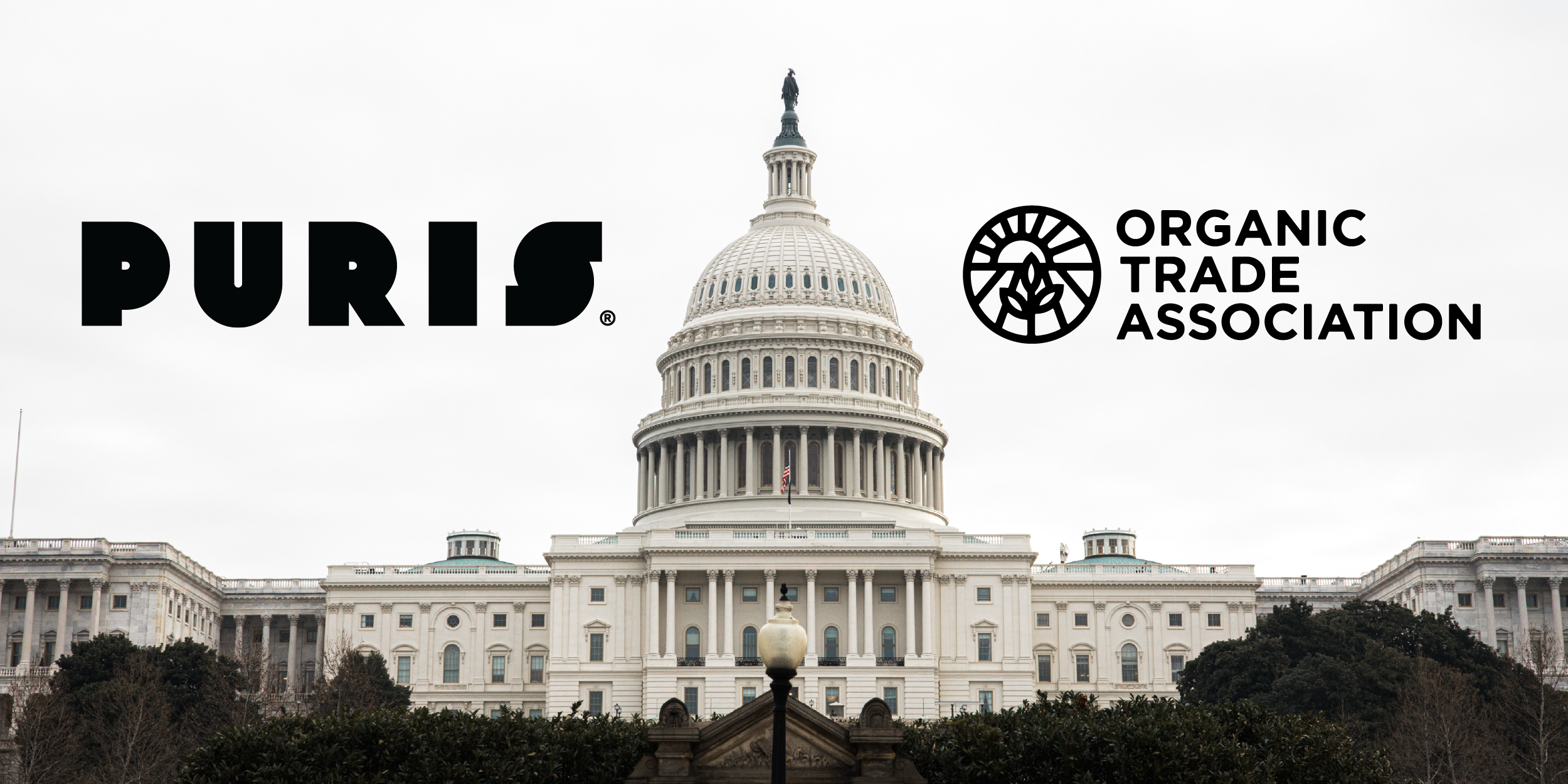Soil health, no-till farming, regenerative agriculture. All three terms are hot topics in the limelight of our industry focusing on sustainable practices for people and planet. Most of us have familiarized ourselves with the textbook definitions of these key components of sustainable farming, but the real meaning comes from those who are taking action: our farmers.
Focusing on soil health
Rick Clark, a non-GMO and organic grower from Warren County, Indiana, is a 5th generation farmer continuing on his family legacy at his homestead. A pioneer of his practice, Clark has transitioned all of his land to a cover cropping and no till system.
“Yield is not a driver of my system. Soil Health. It’s all about building soil health and maintaining that soil health,” Rick Clark said. “Mother Nature has been very kind to me, and she has been nudging me on where I need to be headed.”
Cover crop “cocktails”, as Clark describes them, are key for farmers looking to develop a sustainable, cover crop system that fits the needs of their farm. Clark landed on a three-component cocktail of oats, sorghum Sudan, and tillage radish for his fields. Keeping the ground covered throughout the entire year, with the perfect combination of crops, is his secret to achieving soil health.
Soil health is the foundation of regenerative agriculture
Our soil needs to be restored with the nutrients that have been degraded overtime to continually build a healthy basis that we can grow on.
“I believe my system is truly regenerative agriculture. We are taking the cover crops well into their growth stages to maximize what that cover crop was intended to do for me,” Clark said. “If it’s a cereal rye, I intend for it to be an erosion control and sequester of nutrients. If it’s a legume, I’m wanting it to fix nitrogen.”
Not only is Clark using legumes as a cover crop, he regularly grows legumes in his crop rotations, such as peas and beans, to utilize the nitrogen fixation benefits for a full season crop.
“I can finish all my nitrogen needs with the PURIS pea,” Clark said. “This is exciting to me.”
Validating the importance of soil health
Clark keeps his eyes open for validations on his land. He explained the importance of putting down plenty of biomass, and he believes this is where farming is headed. The more biomass laid down, the more feed there is for microbes, the better the system regenerates.
“Here’s a validation for you,” Clark said, “we have not applied any aglime in 5 years, and our average pH is 6.8 and rising. That validates to me that the system is working.”
Whether you are a food eater wanting to know how your food is grown, a food maker looking into the source of your products, or a farmer looking for ways to diversify or go regenerative, you can learn something from Rick Clark. Watch our discussion on cover cropping and soil health to hear straight from a move maker in regenerative agriculture himself.
Interested in helping us build a plant strong planet?
Learn more about becoming a PURIS grower by clicking below.




